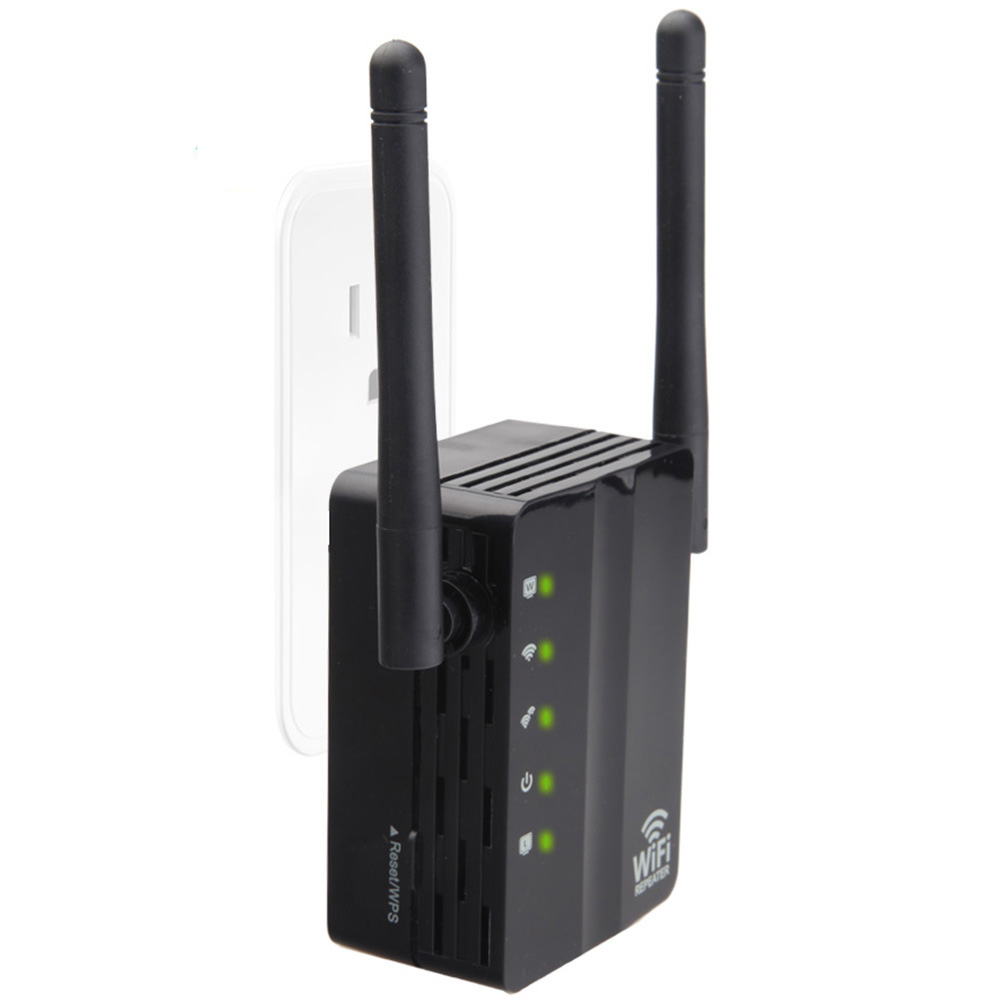

On top of that, you do not have to worry about cable management.

ConvenienceĪ wireless connection is much easier to set up. However, if you have a repeater that does not have the option to connect through the wire, then its usage can be quite limited. Thus, you can also switch to wireless mode and use the device for other applications depending on your preference. Most of the extenders have the wireless feature in addition to the cable connection. You can even place the extender farther to increase the coverage and range. Also, walls do not pose any issue here if you can place the extender beyond the wall, provided that there is no cable length limitation. The use of wired connection in extenders allows data transfer through separate channels, eliminating congestion and interference. This directly reduces the range of the repeated network. You should find a place in between the main router and the WiFi dead zone where the main router’s signal is strong enough, and the extended coverage also reaches the dead zone. Thus, placing the repeater in the proper position is highly important. Similarly, if there is a wall between the repeater and the source, it will block some signals and bounce them back, creating interference. This is because the repeater’s communication with the main router and data flow between the repeater and your device is happening through the same channel. If you keep the repeater too near to the router or any Electro-Magnetic devices, there can be interference between them, thus reducing the signal further. As a result, there is neither latency nor a decrease in bandwidth.
#Wi fi repeater free
Thus, all the other radios of the extender remain free to send and receive the data from the end devices simultaneously. This may have solved the problem of decreasing bandwidth to a limit.īut in WiFi Extenders, the ethernet cable works as the backchannel to communicate with the main router. However, modern repeaters have started using a third channel that solely communicates with the main router, leaving the other channels to communicate with your devices. As a result, the latency increases, and the bandwidth decreases by half. So, the other radio needs to be used for both sending and receiving the data packets from your end device. Now, when the repeater connects to the router wirelessly, its one radio will be occupied to receive the signals from the main router. So, they use one radio to send the data packets and another to receive them for simultaneous data transfer. Wi-Fi routers and repeaters are half-duplex, i.e., they can either send or receive the signal but not both at the same time. The creation of a new access point makes it a central hub to which several wireless devices can connect without any signal drop. There is much less signal drop due to the wired connection. So, if the repeater itself is receiving a weak signal, the extended connection will have significant latency.īut you can get almost the same strength as your main network through an Extender. It creates a new network by connecting itself to the existing WiFi like your smartphone and laptop.

The WiFi repeater does not amplify the main router’s signal. WiFi Extender Vs WiFi Repeater: Featuresĭespite their common use for extending the coverage of your WiFi, these two devices vary in several domains. So, we will be discussing the features of a WiFi Extender and WiFi Repeater and comparing them. Users and even the product manufacturers use any of the terms booster, repeater, or extender for these devices. The differences do not seem to be much significant now. The terms are now even more generalized as the new WiFi extenders have started providing the wireless option to connect to the main router. WiFi Booster is not an entirely different entity but a general name given to the WiFi Extender and WiFi Repeater that expands the coverage of the wireless signal. Comparatively requires more effort to set up.


 0 kommentar(er)
0 kommentar(er)
